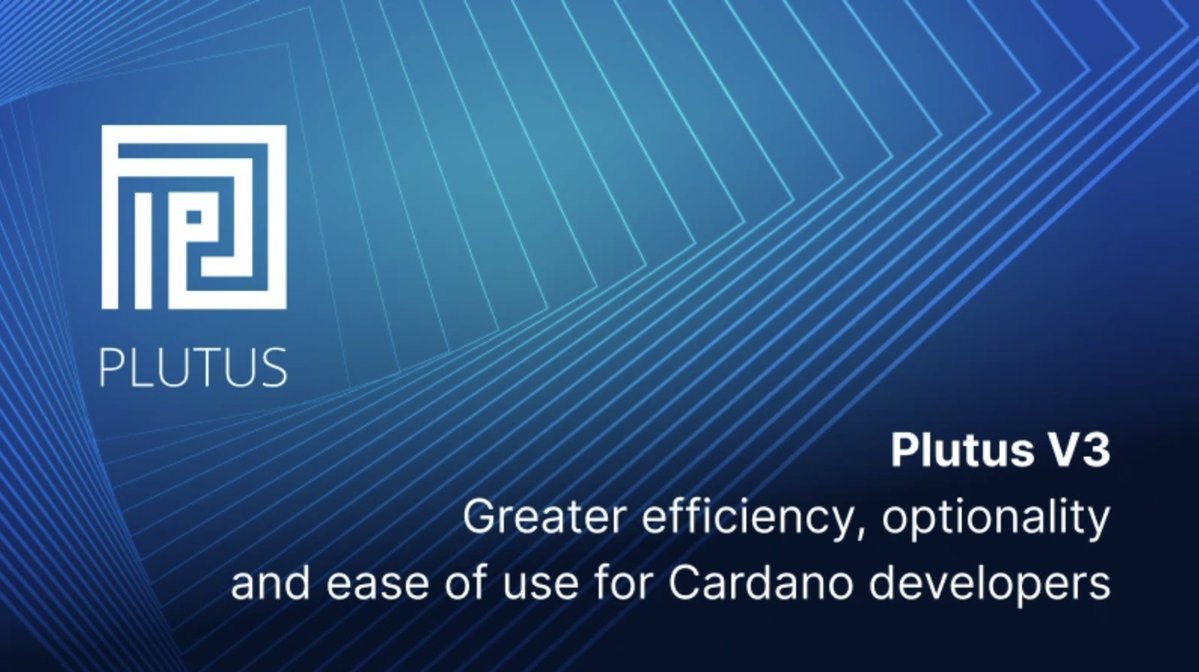
Bitcoin is in a familiar place: consolidating after recent gains, caught between optimism over policy shifts and caution over macro risk. With major institutional inflows, expectations of interest rate cuts, and rising ETF demand, the market mood is taut. For traders on MEXC, this isn’t just theory, it’s a live test of strategy. When rates tighten, risk appetite fluctuates. When institutional money flows, liquidity deepens, but consolidation zones test resolve. This article examines how these forces are interacting now, how traders are adapting, and why it matters for anyone in crypto right now.
1.The Macro Picture, Rates, ETF Flows, and Bitcoin
1.1 Interest Rates & Fed Expectations
The U.S. Federal Reserve remains central to the story. After months of high interest rates to curb inflation, markets are now placing over 90% probability on a 25 basis-point cut in the upcoming Fed meeting. Encouraging inflation reports, especially softer producer price indices, have fed hopes that tightening may be peaking. For traders, rate cuts signal cheaper borrowing and a lower discount rate for risk assets. But cuts don’t happen in a vacuum, they follow data, risk, and expectations. The risk? Market disappointment if the Fed stays hawkish or data surprises on the upside.
1.2 ETF Flows & Institutional Demand
One powerful signal of institutional belief in Bitcoin’s near-term strength is ETF flows. The past week saw $1.7 billion in net inflows into Bitcoin spot ETFs, the third week straight of positive movement. Another report noted $552.78 million flowing into U.S. spot Bitcoin ETFs on a single day as BTC traded above $115,000, reflecting renewed institutional interest.
Those inflows matter: they anchor demand in more predictable forms (institutional funds, corporate treasuries) rather than only retail speculation. They tend to smooth out volatility, unless macro surprises come.
1.3 BTC Consolidation
Bitcoin’s price has been consolidating around $114,000 – $115,000, a zone that has proven resilient. That consolidation reflects a tug-of-war between profit-taking, macro concerns, and ongoing support from institutions. As of the latest reports, the consolidation has proven meaningful: when institutional demand surged, BTC held its ground rather than slipping.
Consolidation often precedes a breakout or breakdown; traders know that. What each does will likely depend on upcoming data, Fed decisions, inflation reports, labor market figures.
2.How MEXC Traders Are Positioning
With macro pressure and opportunity in view, what are traders using on MEXC to navigate this tightening landscape?
2.1 Increased Focus on Spot BTC Exposure
With ETF flows reviving, many on MEXC are increasing their exposure to spot BTC. The logic is simple: if institutional demand is rising, being long BTC in spot pairs offers potential upside without the complexity of leverage. It’s a cleaner bet in tight policy periods.
2.2 Risk Management Through Diversification
Because macro risks (rate surprises, inflation, global economic shocks) are elevated, traders are hedging. That means:
- Holding BTC but also small positions in altcoins or crypto assets with lower correlation
- Using staging areas: moving profits into stablecoins or fiat when sentiment weakens
- Watching breakout levels (e.g., $120,000) carefully before scaling in
2.3 Watching Liquidity & Volume Signals
ETFs and inflows are one signal, exchange volume is another. On MEXC, traders are closely observing how order books and volume behave at key resistance and support levels. Are bids holding? Are there sudden spikes in sell side pressure? These tell more than price alone in volatile macro regimes.
2.4 Tactical Use of Short Term Trades
In a consolidation zone, shorter trades often make sense. Some traders are using smaller, quick trades around key technical levels, rather than large long-term bets. This allows them to capture moves when sentiment shifts (e.g. after data releases) without exposing themselves to large downside if macro risk surprises.
3.Reality Checks, The Risks You Can’t Ignore
No story of opportunity is complete without acknowledging risk. Here are the realities MEXC traders are keeping in mind.
3.1 Debts & Rate Surprises
Even with expectations of rate cuts, if inflation or labor data surprises on the upside, the Fed could stay hawkish longer. That could push bond yields up, dollar strength higher, and reduce risk asset appeal. BTC tends to react badly to such surprises.
3.2 Regulatory & Geopolitical Headwinds
Crypto doesn’t operate in a bubble. Regulatory announcements, policy shifts, or global tensions can shift risk appetite quickly. Especially in periods of consolidation, negative news can trigger outsized drawdowns.
3.3 Overreliance on ETF Flows
ETFs are powerful, but not infallible. Flows can reverse. If institutional optimism fades, or capital flows shift elsewhere (e.g., to equities or safe assets), BTC could see pressure. Also, ETF flows are only part of the demand picture; retail and exchange flow still matter.
Technical Resistance Levels
BTC has resistance zones ahead, especially around $120,000 and psychological levels. If it fails to break above and sustain those levels, consolidation could extend or even reverse. Traders must avoid letting optimism blind them to these technical ceilings.
4.Tools & Indicators Traders on MEXC Are Using
To stay sharp, many traders on MEXC are leaning on specific tools and indicators:
- FedWatch Tools / Rate Cut Odds — monitoring how markets are pricing in future Fed policy. When expectations shift, so does risk appetite.
- ETF flow tracking — daily/weekly inflows/outflows to gauge where institutional money is moving.
- Support & resistance bands — especially between ~$114,000 and ~$120,000.
- Volume & order book depth — seeing if buying interest is strong under key levels.
- Correlation with macro data — inflation reports, employment, PMI, yield curves.
5.Case Snapshot, $1.7B Inflows & Rate Cut Expectations
Recent data from MEXC shows Bitcoin holding around $115,000, supported by $1.7 billion in institutional ETF inflows in one week. These inflows came just as markets heavily bet on upcoming Fed rate cuts. Inflation metrics came in cooler than feared, especially producer prices, increasing confidence.
This confluence of supportive flows and dovish expectations has given BTC a chance to consolidate rather than slide. But the lesson for traders: unless macro shocks arrive, this environment rewards patience, size discipline, and watching with caution.
6.What This Means Moving Forward
As we look ahead, here’s what traders on MEXC should keep an eye on:
- Upcoming Fed Meetings & Economic Reports: CPI, PPI, labor market data will be scrutinized. Surprises either way will move markets sharply.
- Continuing Institutional Participation: Are ETFs continuing to draw capital? Are corporations continuing treasury purchases? These reinforce BTC strength.
- Shift in Risk Appetite: In macro tightening, risk off phases are natural. How quickly traders rotate out of risky assets (altcoins, low conviction positions) matters.
- Volume & Price Breakouts: If BTC breaks above $120,000 and holds, with strong volume, that could mark a new consolidation range or upward trend. Failure to do so may mean further sideways movement.
- Global Macro Pressures: Geopolitical uncertainty, inflation, currency risks, all can intervene. Those who hedge or adjust allocations may fare better than those fully leveraged.
7.Conclusion
In a tightening macro environment, traders who succeed are those who adapt. On MEXC, that means balancing exposure to potent tailwinds, ETF inflows, easing rate expectations, with discipline around risk. It means using data, watching flows, reading macro signals, and not getting carried away by hype alone. The reality is: BTC’s current consolidation is less of a standstill and more of a staging ground. With the right mix of institutional demand and policy relief, it could be the launching pad for the next leg up. But until then, traders must navigate carefully, seizing opportunity while respecting risk.
Disclaimer :This content is for educational and reference purposes only and does not constitute any investment advice. Digital asset investments carry high risk. Please evaluate carefully and assume full responsibility for your own decisions.
Join MEXC and Get up to $10,000 Bonus!



